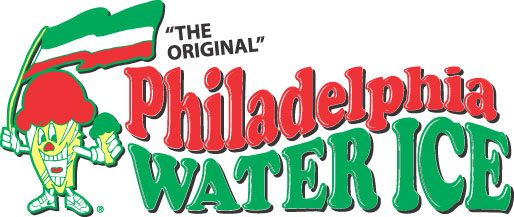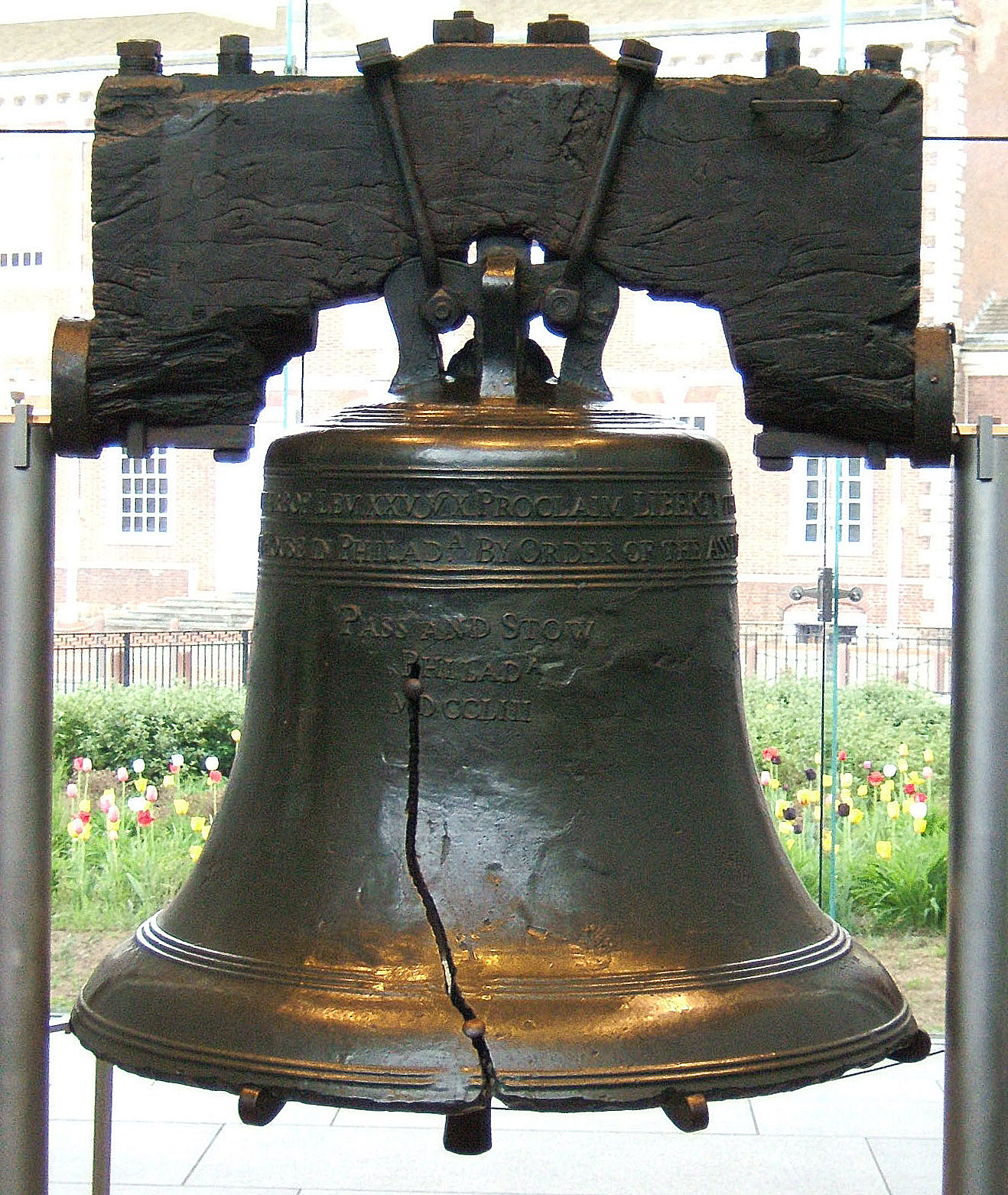There are two major rivers that run through Philadelphia.
They are: The Delaware River and The Schuylkill River
The Delaware River
The Delaware River is a major river on the Atlantic coast of the United States. Its watershed drains an area of 14,119 square miles in five states which are: New York, New Jersey, Pennsylvania, Maryland and Delaware.The river's navigable and tidal section served as a conduit for shipping and transportation that helped the development of industrial cities such as Philadelphia. The photo above is of the Delaware River in Pennslanding. Pennslanding is one place in Philadelphia that a lot of people go to relax or hang out with family and friends. There are also performances and concerts that people have in Pennslanding. I think this was a perfect place for the river to be.
The Schuylkill River
The Schuylkill River is a river in Pennsylvania that William Penn chose in 1682 as one bank of the confluence upon which he founded the planned city of Philadelphia on lands purchased from the native Delaware nation. The river is about 125 miles long. The river runs in five counties of Pennsylvania which are: Philadelphia, Montgomery, Chester, Berks and Schuylkill.
Hurricanes vs Rain storm
Florida has hurricanes and Philadelphia has rain storms. Living in Philadelphia one thing I did not like was the rain. It rained a lot and it will last all day. One of the worst things to do was get caught in the rain with out an umbrella. People would still go out when there is a rain storm because it is not as bad as being caught in a hurricane.
Source:
www.google.com (Google images)
www.wikipedia.org





























